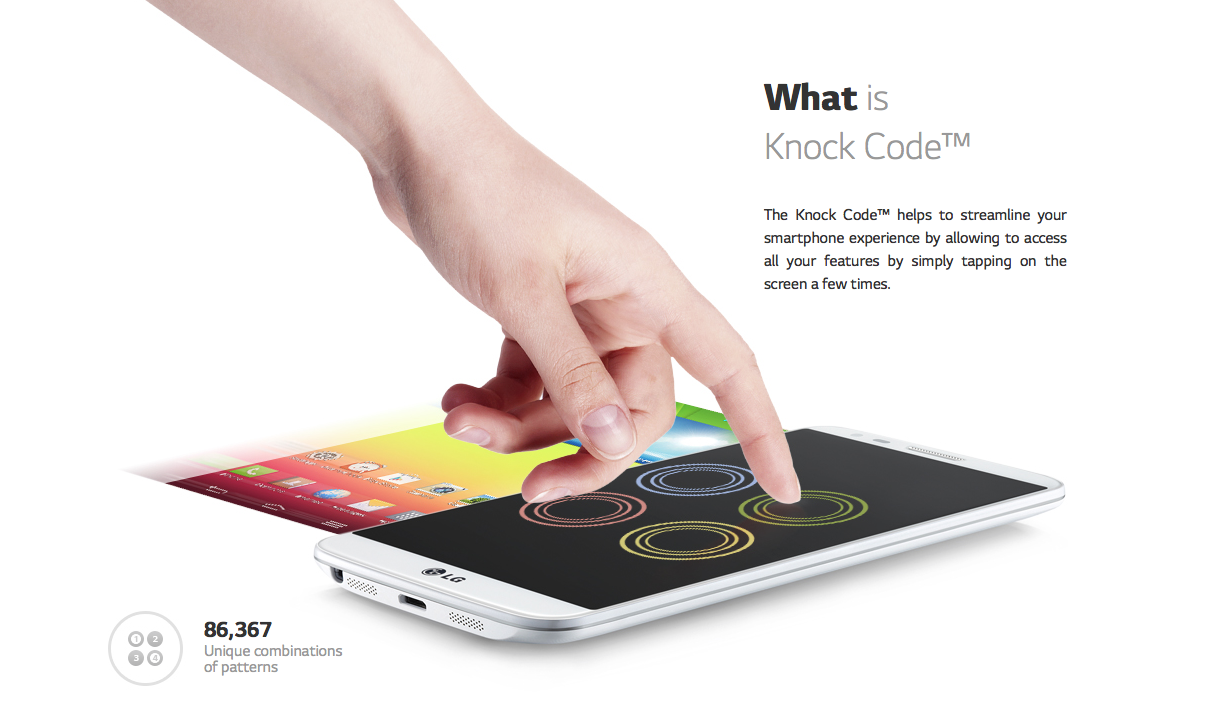

You can find a few models with door dispensers on the Energy Star Most Efficient list, but they’re the exception. It’s usually a difference of a few dozen kilowatt-hours per year compared with fridges of a similar size and style. Through-the-door ice and water dispensers tend to make a fridge less efficient, partly because they’re essentially a hole in an otherwise insulated box, and partly because the ice maker has extra work to do.Side-by-side fridges are the least efficient style.You can take the doors off the fridge to get a few extra inches, but there are some fridges that you just cannot get inside of certain kitchens.

A single-door fridge (like a top-freezer or bottom-freezer model), with the hinge on the opposite side from the wall, might be your best bet. If your fridge will sit close to a wall, think about whether the door will be able to swing open wide enough for you to pull out crisper drawers or deli trays.

In this situation, a counter-depth model, or one with half-width doors (like a French-door or side-by-side model) might make the most sense. If you have a kitchen island, measure the distance from the wall to the edge of that counter to account for the door swing. The layout of the rest of your kitchen matters, too. That can hurt its ability to hold the proper temperatures and might wear out the cooling system faster than its intended lifespan (usually 10 years, according to most manufacturers we’ve talked to). If you jam your fridge in tighter, the fridge’s heat exchange might have to work harder than it was designed to. Make it about 1 inch on the top and sides and at least 2 inches at the back.


 0 kommentar(er)
0 kommentar(er)
